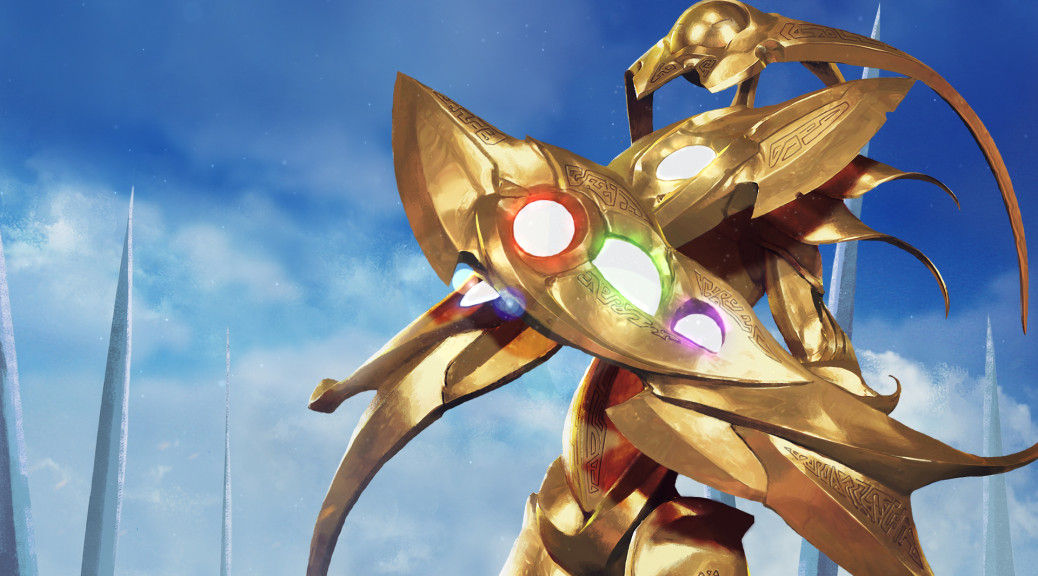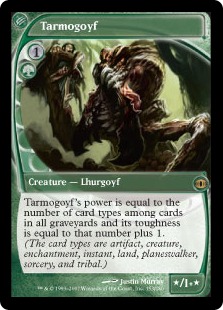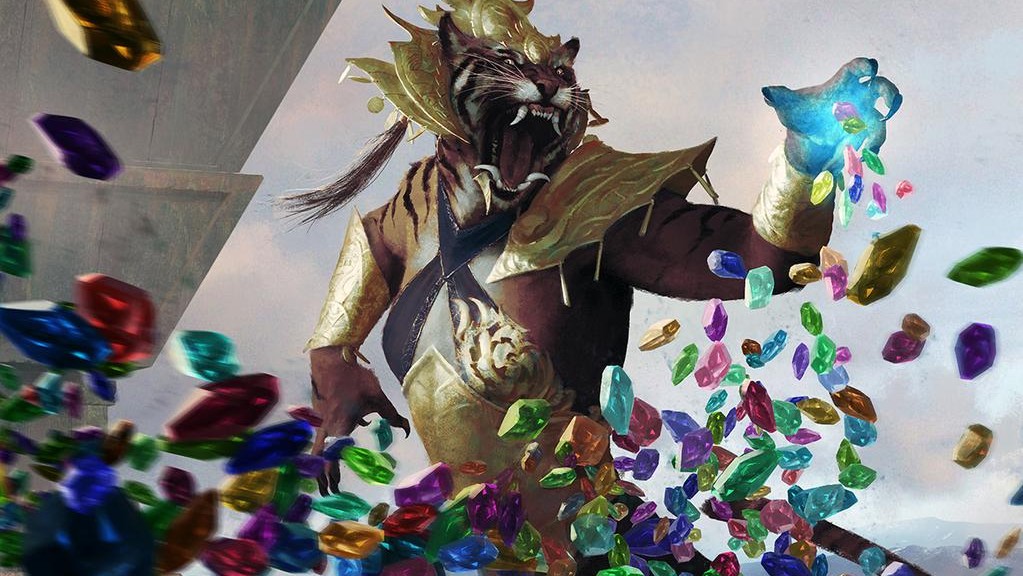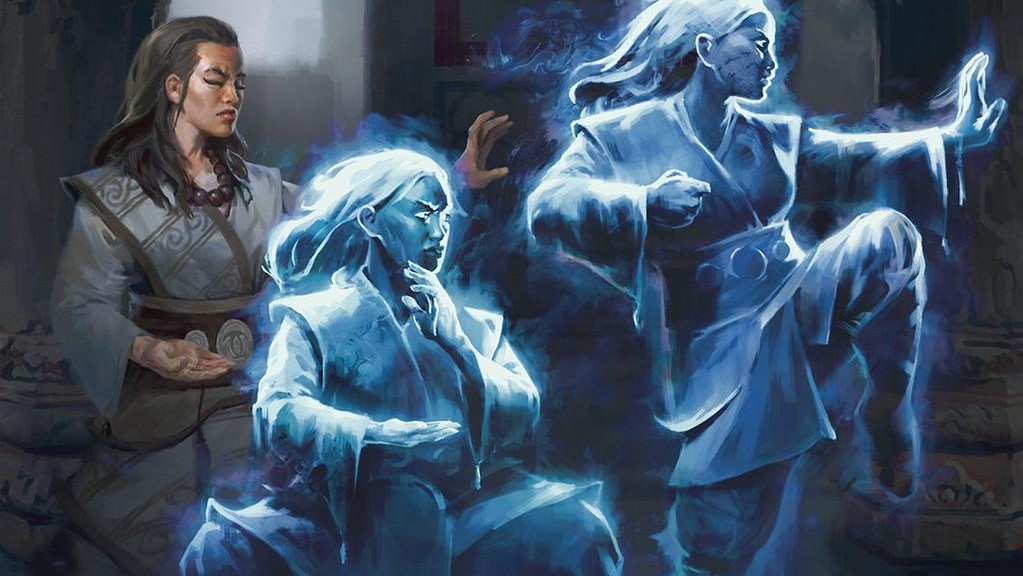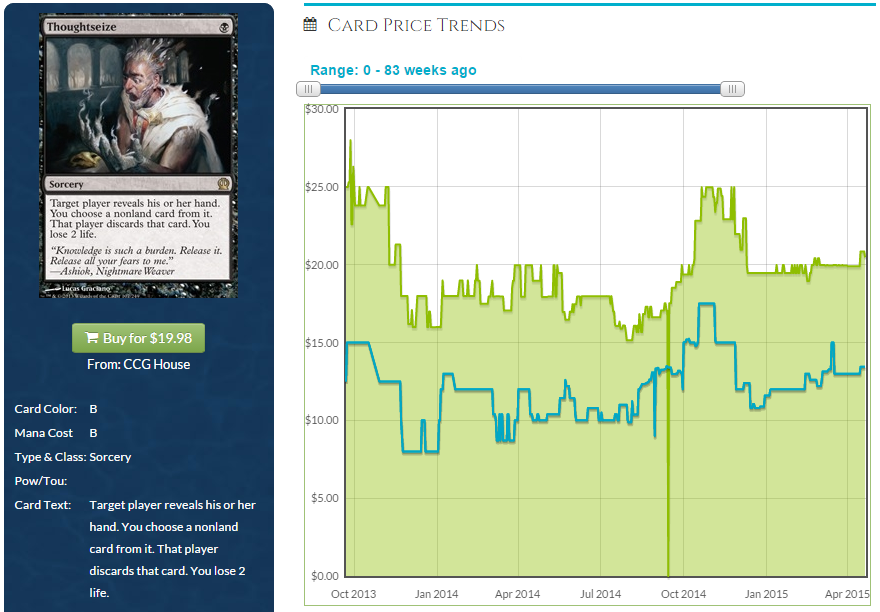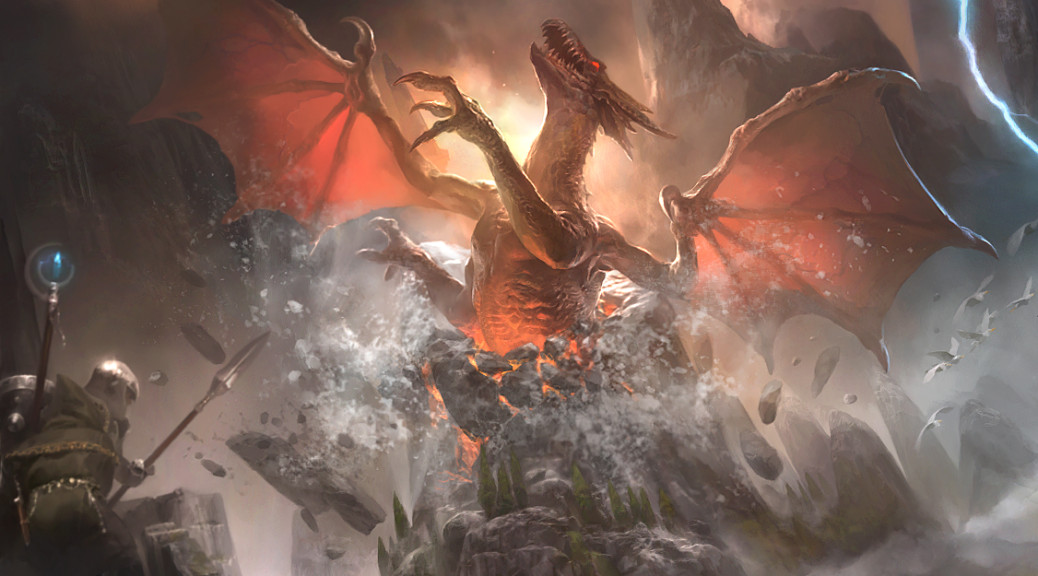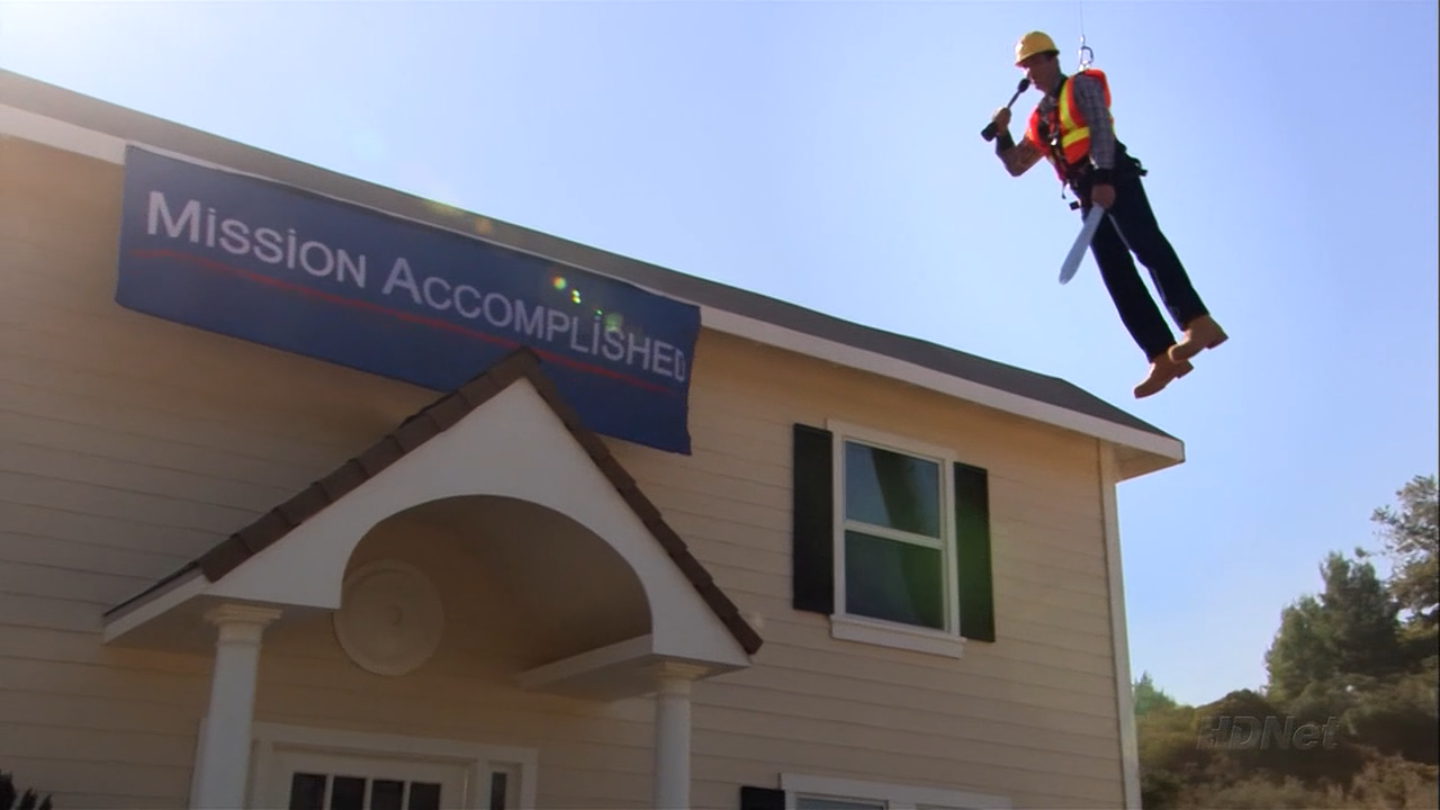By: Travis Allen
Clack-Clack-Clack-Cla
This article will have been the most fun I’ve had writing in months, possibly ever. I say this without any consideration for the content within. What am I talking about? I recently purchased a mechanical keyboard, and ho boy, let me tell you. This thing is amazing. Every key press is simultaneously a musical note and a distinct tactile sensation. Typing is akin to receiving a massage, and each muscle plays it’s own sound when relaxed. You see, most keyboards, such as those on your laptop or the one many of you are using on your desktop, use a series of rubber membranes underneath the keys. You push a key, some rubber moves, an electrical circuit is formed, and the computer registers a key press. On the surface of the board the keys are independent, but the inner workings beneath the keys are all connected.
Mechanical keyboards, on the other hand, hearken back to a time before advanced manufacturing techniques had turned its eye toward computers, before capitalism drove down both the cost and quality of everyday keyboards. Each key on the board is completely independent of the others, and they use a fully self-contained mechanical process to register key presses. (This website does a good job of illustrating the function, as well as educating you on which type you may want to invest in. I chose Cherry MX Brown switches, and I’m quite happy with them, though they don’t have the same distinct tactile bump mid-stroke that the Blues have. I’d be happy with either.) The end result is a wildly satisfying typing experience that I can’t recommend strongly enough if you spend any appreciable time at your computer. Be forewarned, though. If there are any light sleepers in your home they will be immediately aware of your new purchase.
Modern Reforged
What does this have to do with our topic for the week? Nothing, really. I just wanted a chance to type more words on this thing and I thought I’d take the opportunity to share with you all this nifty new device I’m enjoying. As far as content goes, I had planned on starting this week off by continuing from last week’s topic—that is, what cards to trade for heavily over the summer as Khans of Tarkir block prices fall.
After pulling up Fate Reforged, though, I find really only a single card that looks to be immediately underpriced: Tasigur, the Golden Fang. He’s making waves in Standard, Modern, and Legacy right now, quickly cementing his place as a stalwart eternal staple. With FRF feeling under-opened, I see non-foils cresting $10 to $15 this fall, and foils are an absolute slam dunk in the $25 to $30 range. Realize that foil Abrupt Decay, another recent eternal staple, is nearly $70.
Beyond Tasigur, there isn’t much in Fate Reforged I’m too excited about right now. I do believe that Ugin, the Spirit Dragon will ultimately rise, though I’m not entirely sure of exactly how his price curve will play out over the next several months. I believe that it’s highly likely we see him above $50 before the end of 2016, though that doesn’t mean that this August is necessarily the best time to buy in. And if we’re looking for places to stock up on cards that will be rising this fall in order to cash out, Ugin may not be the best choice with both a high barrier to entry and uncertainty about when exactly he’ll reach his full price potential. There’s also the looming specter of the spring’s Duel Deck, for which Ugin is a serious candidate. Should that come to pass, it will add another year at least to his growth cycle.
I’m a big fan of Monastery Mentor, as well, especially foils, though again, with such a high price tag already, it’s going to be hard to build up too much of a portfolio this summer. I would recommend trading for all three of these FRF cards as much as possible over the coming months, and for any other cards you want to park value in, refer to what I wrote last week.
Just the Thing
While staring at the Fate Reforged price list and wondering what the heck I was going to write about this week, I noticed that Modern Masters 2015 official spoilers began today. Well, hey, that’s something people care about, right? Perfect. We’ll look at what’s official up through Tuesday, May 5.
It won’t be too surprising to learn that most cards in MM2015 are going to drop in price, at least initially. Our goal isn’t to just guess at which direction everything is going to go, but rather, to understand how far it will drop and consider the point at which we want to buy. Having said that, there is one culprit that may once again escape the pitfalls of reprint.
I had two reactions to the official reveal of MM2015. First, that Tarmogoyf was going to be in, and second, that its price would finally fall. Finally, I reasoned, supply would begin to outstrip demand.
In the intervening months, however, my opinion has wavered. I am no longer so sure that the amount of Goyfs introduced to the market will be enough to satiate public demand. My fellow writer, James Chillcott (@mtgcritic), has been trying to hone in on the number of copies that will be introduced relative to the existing population of Goyfs, and I’ve got to say, it’s less than I would have initially expected. When you consider just how few people out there actually own sets, it’s easy to see how this could once again fail to slay the green monster. Next time you’re at Modern or Draft or FNM, ask around and see how many players actually own playsets. Almost everyone that isn’t a die-hard Spike won’t own any, and even among the competitive players, I’m guessing you’ll find perhaps a 25 percent ownership rate. If the printing of MM2015 creates more players that are seeking playsets of Tarmogoyf than playsets themselves, demand rises, and so too will the price. My estimated price on Goyf right now for the initial months following the release of MM2015 is somewhere between $160 and $190. Time will tell, I suppose.
Mythics
How about the rest of the spoiled cards? Let’s start with some big ones. Emrakul, the Aeons Torn was spoiled very early, and as a result, he’s dropped from $60 all the way to…$50. There will be further loss here, though don’t expect prices south of $30. He’s still the preeminent reanimation and cheat-into-play target in every format where he’s legal, and is a casual all-star to boot. Our best course of action here is to wait for Emrakul to hit his floor, and as soon as he begins to rise again (likely sometime this fall), begin scooping up copies like mad. We won’t see him again for quite some time after this, and I’ve no doubt he’ll return to $50 within a year or so of his appearance here in MM2015. The only way he doesn’t climb back up to that price is if he’s somehow trumped in Battle for Zendikar, which I consider highly unlikely. Right now, Emrakul is a prime target to trade all of your Siege Rhinos and Rattleclaw Mystics into this October.
Kozilek returns, the last of the three to receive a second printing, and boy did he need it. He’s been more expensive than Ulamog for quite some time, despite the fact that Ulamog is fringe-playable in any big mana deck and Kozilek is resigned to casual-oriented formats. That his price stayed that high without a modicum of tournament success tells us just how much casual demand there is for this guy. The only reason I see his price suffering much at all this year is because of just how packed with value the mythic slot is this time around. Kozilek will be another excellent trade target as MM2015 prices bottom out in several months.
Karn should follow a similar path as Emrakul as a giant, colorless, awesome card. In fact, Karn seems even more resilient here than Emrakul is. He was just about $50 before he was officially revealed in early March, and he’s still about $50 today. He won’t be able to sustain that price, as the market always seems to react rather slowly to reprint news like this, but like Emrakul, I’d be surprised if he made it under $25 or $30. I’m less bullish on scooping up copies of Karn this fall, though. While very cool, he’s not actually played in nearly as many places as Emrakul is. There’s clearly appeal from casual players, EDH tables, and cubes, but he isn’t a mainstay of combo decks in both eternal formats in the same way as Emrakul. You could do worse than picking up Karn this fall, but he won’t be my first choice.
While we’re talking about colorless cards, Mox Opal is yet another high-profile colorless mythic, though unlike the Lovecraftian horrors detailed above, is vulnerable to corrosion and violent storms. Another $50 to $60 mythic before its announcement, Opal too hasn’t budged much yet. The path for this will be similar to Emrakul. It will drop into the $30 to $40 range, then given its utility in various formats and status of being a Mox, will only stand to gain once we get past the initial supply glut.
I’m a bit surprised to see Iona here, as she was widely expected to show up in the upcoming From the Vault: Angels. Given that she’s so casual-oriented, she makes sense in an FTV product, while Linvala was expected here in the competitive product. With Iona in MM2015, did Wizards switch things up on us and put Linvala in the FTV? It would seem that way for now.
As for Iona, the hits at the mythic slot just keep on coming. There will be an interesting tension between this many high-demand mythics and $10 pack prices. Looking at Swords of Fire and Ice and Light and Shadow from the first time around, I see the Darksteel copies losing about 15 percent after the reprint. Given that Iona is similarly a casual-oriented card with a very minor competitive play profile, I’d expect something similar here. She’ll probably dip below $25, but don’t expect anything south of $20 unless the whole set drops more than people expect.
If we divide the mythics into “better than average” and “worse than average” piles, I’m putting Bitterblossom in the worse half. The current price tag of $40 is based entirely on scarcity. While a mythic run in MM2015 isn’t going to add “one in every box of Cheerios” quantity to the market, it’s going to add quite a few copies of a card that is relatively unpopular right now. Add to that the same artwork, and there’s no reason to believe this will fare well. With the uncontested popularity of so many other mythics, Bitterblossom’s outlook is not great here. Could we see prices south of $20?
Vendilion Clique is probably the worst positioned mythic at the moment. The trio is competing against a slew of useful rares that plenty of players have been waiting ages to pick up, as well as several high-profile, heavily-played mythics, all while losing competitive ground in both Modern and Legacy. I picked up a small stack of these about a year ago at around $50 because I anticipated they would reach $90 to $100, as Dark Confidant had done, but they just never saw enough play to get that high. It seems they’re not used any more today than they were then, and if anything, it seems like I see them less often, particularly in Legacy. With another printing increasing both availability and competition among expensive cards, Clique could end up being one of the mythics with the furthest to fall.
Primeval Titan was shown off on Monday by perennial green mage Brian Kibler, and while the price hasn’t dropped much yet, expect it to in the near future. This will mark the titan’s fourth printing, and even with Amulet Bloom running rampant in Modern right now, it still hasn’t been enough to push its price much past $15. With so many other, more desirable cards in the set, things don’t look good for Primeval Titan in the near future. Given how long it took this to rise in price the last time, unless we see PrimeTime in the sub-$4 range, I’ll be inclined to stay away. This goes doubly so for the rest of the cycle, which all have far fewer competitive applications than Mana-Hulk.
Rares
On the rare side of things, the reprint everyone saw coming before MM2015 was even announced, Noble Hierarch, is going to present a lucrative opportunity. Its price will crash hard, with Jason (@JasonEAlt) and James looking for prices in the $10 to $15 range. I’m right there with them, and I’m also in total agreement that this is an excellent long-term gainer. Hierarch is all over the place in basically every format, including the kitchen table. They even printed Llanowar Elves in the most recent Commander product, which means that mana dorks can find a home just about anywhere. I’ll be looking for as many copies of Hierarch as possible this fall when she’s at her lowest, and hopefully she’ll climb all the way back to $40 given a year or so to grow. It took less than a year for Cryptic Command to go from under $20 to $55, and I expect the same here.
Fulminator Mage is likely to end up in the top five or ten most useful rares in the set, but that won’t save its value. I expect the price to take a nasty hit, just as Hierarch will, though the rebound should happen slower and softer. Hierarch is on the whole much more popular across a wide spectrum of players, while Fulminator Mage does exactly two things: fills out Modern sideboards and annoys people at kitchen tables. Mostly the former, I’d guess. In any case, I’ll be glad to finally have a set back.
Spellskite should fare as well or better than those two, given its ubiquity in Modern. I wouldn’t be surprised to see it being one of the top ten or even top five best rares in the set. Still, we’re going to see more of a drop from the current price tag of about $25. I’d anticipate prices in the low teens, perhaps even below $10 depending on how great supply actually is, and what the rest of the rares look like. I certainly like Spellskite at its floor in a few months. It isn’t seeing any less play in Modern than it was, and will be good for at least 50 percent profits a year from its lowest point.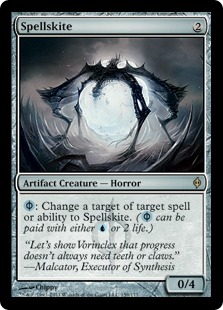
Splinter Twin is going to eat it hard. There’s exactly one deck that wants copies anywhere in the world, and even then, it doesn’t even necessarily run four. I don’t like it as a gainer, either. Once the boost in supply drives the price low, there won’t be sustained illiquid demand to drive it back up.
Daybreak Coronet was spoiled with a worse border and less interesting art, and like Adarkar Valkyrie and other casual cards, should suffer greatly. Boggles is hardly a major component of the competitive Modern scene, and beyond that, demand for Coronet exists only in casual circles. It will join the ranks of the slaughtered rares with nearly no hope of recovering. It won’t be the only white rare down there either, as Mirran Crusader will be joining it.
Another casual all-star, All is Dust, maintains a $20 price tag despite being GP promo’d. A rare printing is going to hurt like hell, though. Adarkar Valkyrie dropped dramatically when it was reprinted, from double digits to under $2, and I don’t expect other expensive casual rares will fare much better this time around. I can see Dust dropping well south of $10.
Next week should bring us quite a bit more to discuss, although there’s no way the density of absurd mythics can continue at this rate. There’s been a sort of semi-unofficial spoiling of Dark Confidant and Tezzeret via an MTGO announcement, so I’m assuming we’ll see those, as well as the rest of the Titan cycle. Probably a great deal more rares, as well, which I’m quite curious about. Once we have the full spoiler list in, we can begin turning our attention to all those left behind. Until then!
